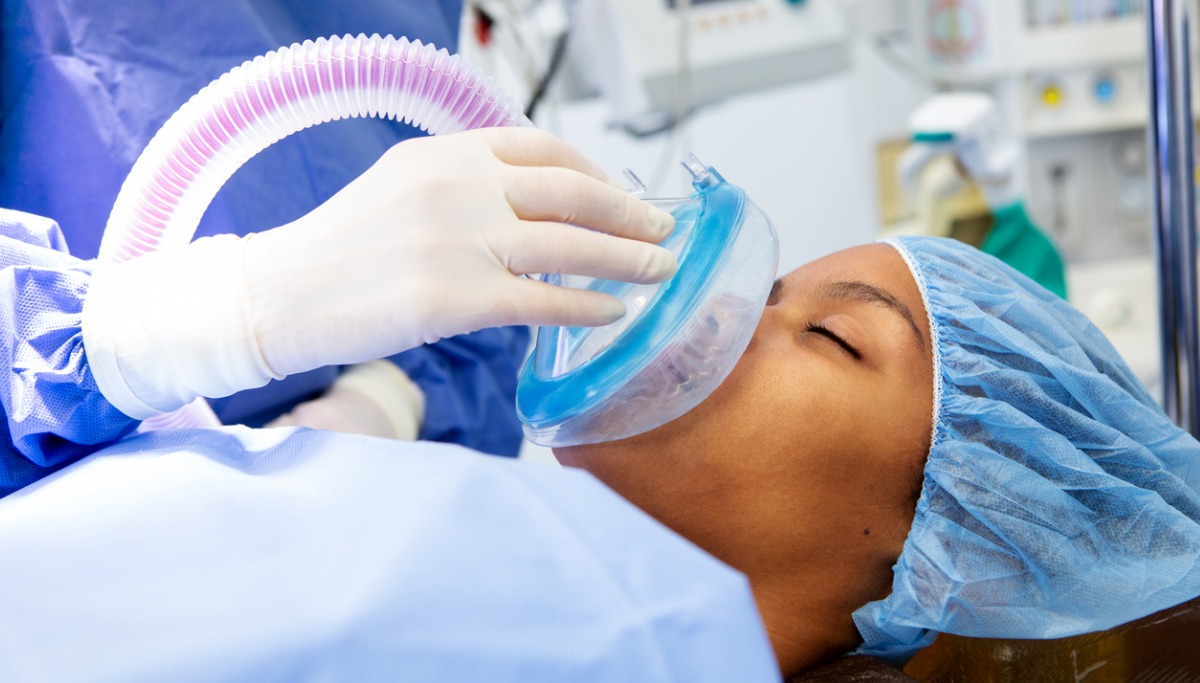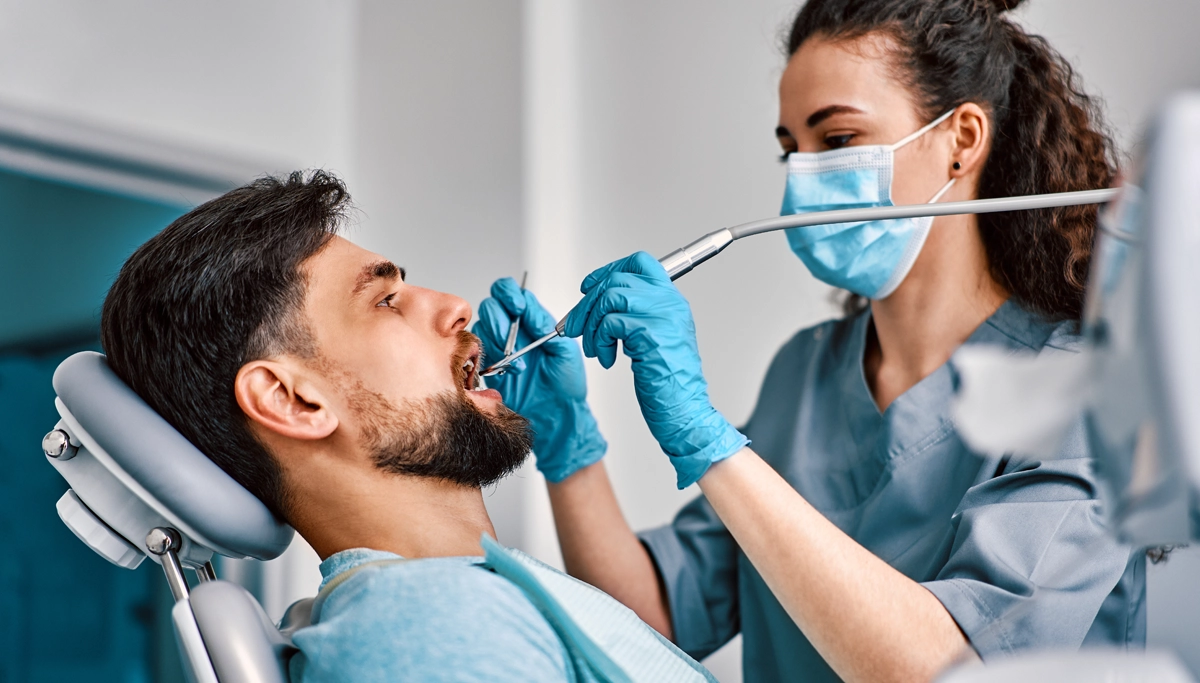Dental x-rays
Had a dental checkup lately? If you have, then you probably had dental X-rays (also called radiographs or images) taken as part of your exam. Dental X-rays help your dentist diagnose and treat oral conditions, like periodontal diseases and cavities, that they may not be able to detect with only their eyes and instruments. In this article, we will discuss the various types of X-rays for different dental conditions as well as provide information on the safety and frequency in which you should get X-rays.
What are the most common types of dental X-rays? 1
Intraoral X-rays (the film is placed inside the mouth)
- Bitewing: These radiographs show the crowns and part of the supporting bone for both the upper and lower teeth. You bite down on a little tab in the middle of the x-ray film packet, and then the dental care professional takes the X-ray. These are mostly used to check for decay between the back teeth and around old fillings and for changes in the bone supporting the teeth that may be caused by gum disease. They can also help determine if a crown or bridge or other dental filling fits correctly. These are the most common types of X-rays taken at dental exam appointments.
- Occlusal: A large film is placed against the upper or lower front teeth to show the whole arch of teeth and to check for potential anatomical issues with the roof or floor of the mouth. They are more often used in children to evaluate dental development, dental trauma, or suspected pathology.
- Periapical: This X-ray image shows an entire tooth or teeth including the crown, root, and the area around where the tooth attaches to the jawbone. Its primary purpose is to find abnormal changes in the surrounding bone and root area of teeth.
Extraoral X-rays (the film is positioned outside the mouth)
- Panoramic: These images show the entire upper and lower dentition as well as the jawbones and temporomandibular jaw joints. They are made by a panoramic X-ray machine that rotates around your head. The panoramic X-ray is commonly used to detect wisdom teeth; acquire more information about jaw issues and missing or extra teeth; help identify abscesses, cysts, and tumors; and evaluate growth and development in children. This type of X-ray also provides information before surgical procedures, such as for a dental implant, and allows the dentist to get a more complete picture of your dental condition. They are often taken in place of multiple periapical X-rays as part of a full-mouth exam and are recommended approximately every five years, depending upon the situation and an individual’s needs.
- Cephalometric: The purpose of this X-ray is to show a side profile of the head and to see how the teeth, jaw, and head all line-up. This type of X-ray is often used when designing orthodontic devices to realign the teeth.
- Cone-beam Computed Tomography (CBCT): This is a variation of traditional computed tomography (CT) systems. The CBCT system rotates around your head, capturing data using a cone-shaped X-ray beam. The data are used to construct a three-dimensional (3D) image of your dental structures, soft tissues, nerves, and bone. Unlike other types of CTs, this X-ray can be done at a dentist's office that has the appropriate imaging machine, rather than at a hospital or imaging center. It's a comprehensive tool for evaluating and planning complex oral surgeries and guiding implant placement and other dental diagnostic issues that require more precise and clear imaging. The image can be manipulated in the computer to view small, detailed slices of the oral structures. Although this method provides more information, it exposes you to more radiation than other conventional dental X-ray options.
- Digital imaging: Just like film photography, medical/dental radiology has been making the switch to digital from conventional film. Many dental offices now have digital imaging X-ray machines that capture the X-ray images to a device that looks similar to a traditional X-ray film. The captured image can be sent directly to a computer, so the X-ray images can be viewed and stored, transferred to other providers, or printed out in a very short time. The images can also be enlarged or enhanced to detect changes that might not be evident in traditional films. You’re exposed to much less radiation with digital imaging than with conventional X-ray film.
Are dental X-rays safe?2
Dental X-rays use very low levels of radiation and are generally safe. However, radiation can be damaging and is cumulative over a lifetime. Experts agree that X-rays should only be taken when they are absolutely necessary, and when your dentist can’t make a diagnosis without the information that only the X-ray can provide.
Also, as a precaution, your dental care professional should cover your body with a lead apron when taking X-rays of your teeth. Research indicates that this prevents up to 94% of the radiation from reaching your chest, abdomen, and reproductive organs. For most X-rays, the dental office should also place a lead collar to shield your thyroid gland.
How often are dental X-rays needed?
How often you need dental X-rays depends on your age and dental health. Those at lower risk for dental disease and little history of past dental problems need them less frequently than those who are at increased risk or have had a lot of existing dental work. The American Dental Association/U.S. Food and Drug Administration (ADA/FDA) guidelines 3 recommend that adults with no oral health problems typically will only need X-rays every two to three years. People who are at high risk for cavities or have a history of advanced gum disease may need X-rays more frequently.
How long should you wait between dental X-rays?
Bitewing radiographs of the back teeth (usually two to four films) are the most common films captured. The ADA/FDA guidelines3 recommend intervals of six to 12 months between bitewing X-ray exams for children or adolescents with existing tooth decay or increased risk of decay. For children with no decay and at lower risk, intervals of 12 to 24 months are recommended and for low-risk adolescents at 18 to 36 months. Bitewing exams for increased-risk adults are recommended at intervals of six to 18 months and low-risk adults at 24 to 36 months.
An initial comprehensive exam may include bitewings plus multiple periapical films or a panoramic film. Panoramic films or multiple periapical are typically repeated at approximately five-year intervals, depending on the overall oral health of the patient and other factors.
Your dentist can make an oral disease risk determination by examining a variety of factors, including your general and oral health history, diet, oral hygiene habits, and oral exam findings. Remember that your oral health risk factors can change over time, so make sure to get regular dental checkups. This proactive approach to your oral health makes it easier for your dentist to individualize your overall care and any need for X-rays.
If you are concerned about X-rays for your child, then talk to your dentist about the safety and need for any X-rays. The American Academy of Pediatric Dentistry states that “…because each patient is unique, the need for dental radiographs can be determined only after consideration of the patient’s medical and dental histories, completion of a thorough clinical examination, and assessment of the patient’s vulnerability to environmental factors that affect oral health.” Your dentist should examine your child’s mouth first to determine if X-rays are necessary. Remember, it’s always important to talk to your dentist to determine the right amount of frequency, which will depend on your child’s dental health profile.
Take a look through Delta Dental’s directory of dentists to find a dentist that can help you decide which type of dental X-ray is best for you.
Sources:
1. Dental X-rays. (2023, February 9) from https://my.clevelandclinic.org/health/articles/11199-dental-x-rays
2. Dental X-rays. (n.d.) from https://www.mouthhealthy.org/en/az-topics/x/x-rays
3. The Selection of Patients for Dental Radiographic Examinations. (2012) from https://www.fda.gov/radiation-emitting-products/medical-x-ray-imaging/selection-patients-dental-radiographic-examinations







